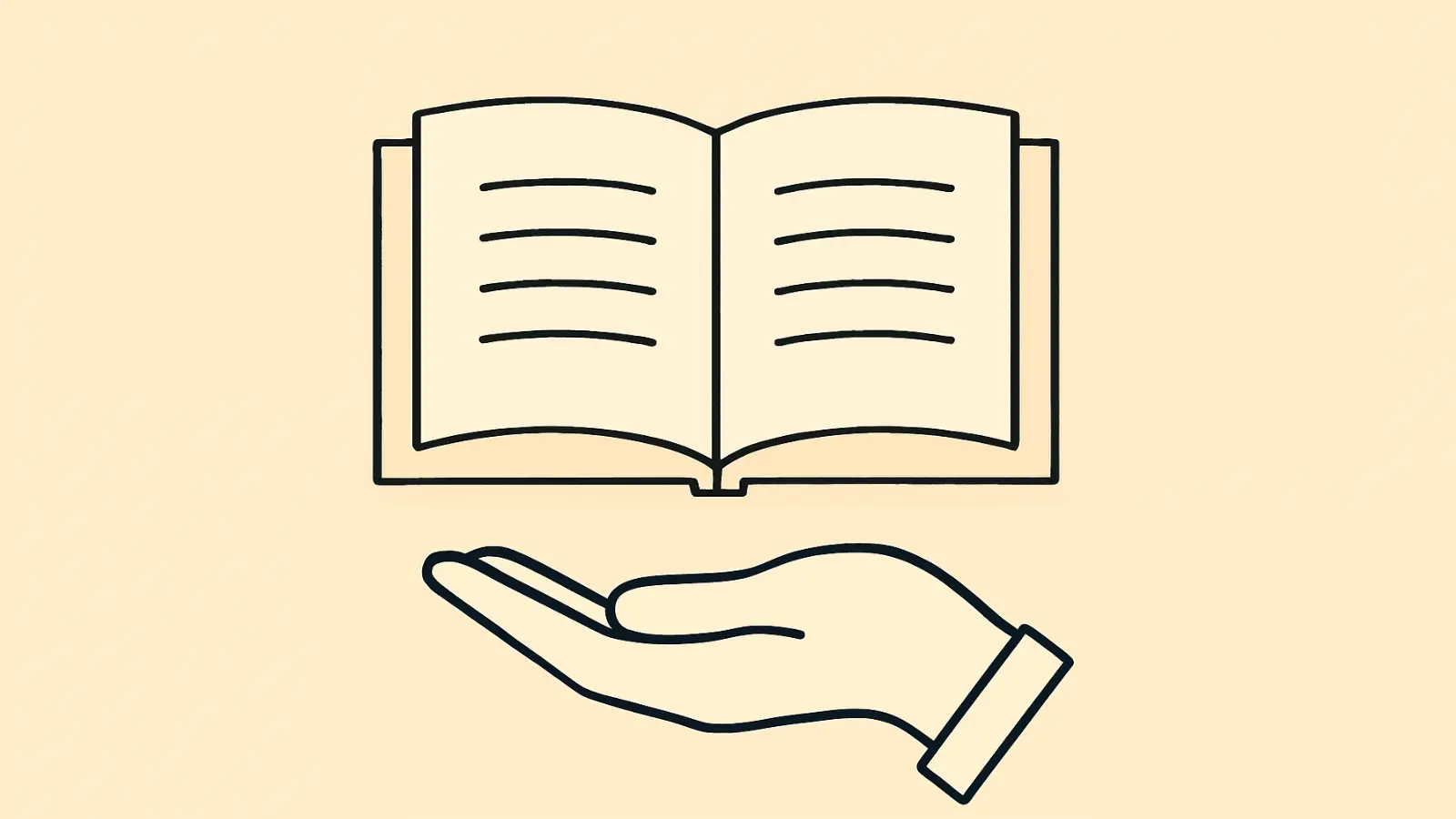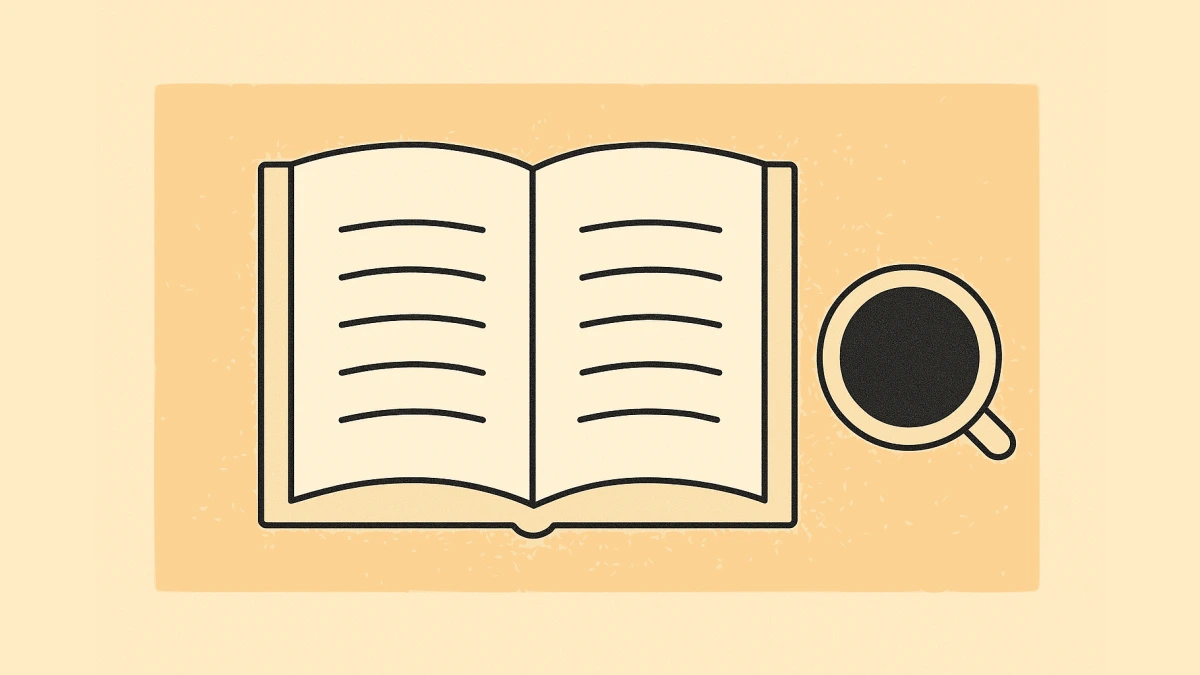Self-Publishing: Everything You Need to Know

Self-publishing has revolutionized the literary world, transforming aspiring authors into published writers. But what exactly is self-publishing, and is it the right path for you? This comprehensive guide will walk you through everything you need to know about taking your book from manuscript to market.
What Is Self-Publishing?
Self-publishing is the process of publishing your book independently, without going through a traditional publishing house. As a self-published author, you retain complete creative control and ownership of your work, but you're also responsible for every aspect of the publishing process. That includes everything from editing and design to marketing and distribution.
Unlike traditional publishing, where a publisher invests in your book and handles production, you're essentially running your own small publishing business. You can publish in various formats including ebooks, print-on-demand paperbacks, hardcovers, and audiobooks through platforms like Amazon KDP, IngramSpark, Draft2Digital, and others.
The Pros of Self-Publishing
- Complete Creative Control: You make all the decisions about your cover, title, content, pricing, and marketing strategy. No publisher can force changes you disagree with.
- Higher Royalties: Self-published authors typically earn 35-70% royalties on ebooks compared to the 10-25% offered by traditional publishers. You keep more of what you earn.
- Speed to Market: You can publish on your own timeline. While traditional publishing can take 18-24 months from contract to bookshelf, self-publishing can happen in weeks or months.
- Ownership and Rights: You retain all rights to your work, including foreign rights, audio rights, and adaptation rights. You can change your mind about exclusivity or licensing at any time.
- Data and Analytics: Self-publishing platforms provide detailed sales data, allowing you to track what's working and adjust your strategy in real-time.
- Unlimited Backlist: Your books stay available indefinitely. There's no publisher deciding your book is no longer profitable enough to keep on shelves.
The Cons of Self-Publishing
- Upfront Costs: You'll need to invest in editing, cover design, formatting, and marketing. These costs can range from a few hundred to several thousand dollars per book.
- All Responsibility Falls on You: You're the author, publisher, marketer, accountant, and business manager. It's a lot of hats to wear simultaneously.
- Stigma and Credibility: While diminishing, some literary circles still view self-published books as less legitimate. Getting reviews from major publications or literary awards can be challenging.
- Limited Distribution: While your ebook can reach anywhere, getting print books into physical bookstores is significantly harder without a traditional publisher's sales team.
- Marketing Challenges: Without a publisher's marketing team and established relationships, building visibility for your book requires significant effort.
- Steep Learning Curve: You'll need to learn about ISBNs, metadata, algorithms, copyright, and more. These skills have little to do with writing, which is what many people would prefer to focus on.

The Steps to Self-Publishing
Before we get into the specific steps, a quick disclaimer. Self-publishing can be free if you want it to, but to create a quality product, most books need some level of investment. Our suggestion is to find what you're good at and outsource the rest (if budget allows). For example, if you have design experience, maybe you'll be able to create your own cover, but need help with marketing. Keep that in mind as we work through the following sections.
1. Professional Editing
The most important marker of success will, no surprise, be the book itself. A great book doesn't necessarily mean you'll be a bestseller, but a lousy book ensures you won't. And a polished, professional novel requires multiple rounds of editing to compete in the market. Each stage addresses different issues:
- Developmental Editing: Big-picture feedback on plot, structure, pacing, and character development. Tools like Inkshift are especially helpful here.
- Line Editing: Sentence-level improvements for flow, clarity, and style.
- Copy Editing: Correcting grammar, punctuation, consistency, and technical errors.
- Proofreading: The final pass to catch any remaining typos or formatting mistakes.
Budget anywhere from $500 to over $3,000, depending on your manuscript's length and the level of editing required. Understanding the different types of feedback is crucial, as outlined in our guide to manuscript critiques.
2. Cover Design
Your cover is your single most important marketing tool. It needs to look professional and signal your book's genre to potential readers at a glance. Amateur covers are easy to spot and deter sales. Hire a designer who specializes in your genre and understands current market trends. Expect to pay between $200 and $1,500 for a quality cover. Remember, your cover needs to be compelling even as a small thumbnail image online.
3. Back Cover Copy (Book Description)
Your book description is sales copy. It must grab a reader's attention in the first sentence, present the core conflict or premise of the story without giving away spoilers, and create enough intrigue to compel a purchase. Study the descriptions of bestselling books in your genre to understand the tone and structure that resonates with your target audience.
In a similar vein, your hook needs to shine, as readers on Amazon often get to 'peek inside' and read your first few pages. Here's a guide on how to write a compelling opening.
4. Interior Formatting
Proper formatting is essential for a professional reader experience. Ebooks have different requirements than print books, and issues like inconsistent spacing, awkward page breaks, or incorrect fonts look unprofessional. You can learn to format your manuscript using software like Vellum or Atticus, or you can hire a professional formatter for $50 to $300.
5. Marketing Strategy
Successful self-publishing requires building an author platform before your book is even released. This is your foundation for connecting with readers. Key components include:
- Author Website: A central hub for your books, bio, and contact information.
- Email List: Your most direct and valuable line of communication with your readers.
- Social Media Presence: Focus on one or two platforms where your target readers are most active.
- Launch Team: A group of dedicated early readers who agree to leave reviews and help spread the word during launch week, also called ARC readers. We'll learn about these more later.
- Content Plan: A strategy for engaging your audience through blog posts, newsletters, and social media content.
6. Advertising and Promotion
In today's crowded market, organic reach is limited. Many independent authors use paid advertising to find new readers. Common platforms include:
- Amazon Ads: Target readers who are actively searching for books like yours on Amazon.
- Facebook/Instagram Ads: Reach potential readers based on their interests and demographic data.
- BookBub Ads: Advertise to BookBub's large audience of dedicated readers.
- Newsletter Features: Pay for a promotional spot in newsletters that cater to fans of your genre, such as a BookBub Featured Deal.
Set aside a budget for advertising, especially around a new release.
7. ARCs (Advanced Review Copies)
Before your book launches, distribute ARCs to gather early reviews. Reader reviews provide social proof that can significantly influence sales. Amazon's algorithm also tends to favor books with a healthy number of reviews. Send ARCs to your launch team, relevant book bloggers, and influencers on platforms like BookTok and Bookstagram. Aim to have at least 20 reviews on or around launch day.
8. Metadata and Keywords
Your book's metadata—its title, subtitle, categories, and keywords—is how readers discover it on retail sites. Research the specific keywords and niche categories that are popular in your genre. Effective metadata ensures Amazon's algorithm shows your book to the right audience. Tools like PublisherRocket can help here.
9. Pricing Strategy
Research comparable books in your genre to determine the right price for your work. A common strategy for a new series is to price the first book lower (often $2.99 or even free) to entice readers. Subsequent books and standalone novels are typically priced between $3.99 and $5.99 for an ebook.
10. ISBN and Legal Requirements
If you plan to publish on platforms beyond Amazon KDP (a practice known as "publishing wide"), you will need to purchase your own ISBNs. You should also understand the basics of copyright registration and decide whether you need to set up a business entity, such as a sole proprietorship or an LLC. This likely isn't necessary, but is worth understanding the pros and cons. After all, most authors self-publish because they want to make writing their business.
Let Technology Help
Navigating these steps can feel overwhelming. You have to shift from the creative mindset of a writer to the analytical mindset of a publisher. Fortunately, you don't have to do it all alone. Tools are available to streamline the process. For instance, using an AI-powered tool like Inkshift can provide a detailed analysis of your manuscript's structure, pacing, and prose before you even hire an editor, helping you identify areas for improvement and saving valuable time and money.
Common Self-Publishing Terminology
- ARC: Advanced Review Copy; an early version of a book sent to reviewers before publication.
- Backmatter: The content at the end of a book, such as an author's note, a list of other books, or a call to join a newsletter.
- Blurb: The book description used for marketing, typically found on the back cover and online retail pages.
- Comp Titles: Comparable titles; books similar in genre, tone, and theme to yours, used for market positioning.
- Frontmatter: The content at the beginning of a book, including the title page, copyright page, and dedication.
- KDP: Kindle Direct Publishing. The largest self-publishing platform in the world.
- KDP Select: Amazon's exclusivity program that makes a book available in Kindle Unlimited in exchange for not selling the ebook on other platforms.
- Kindle Unlimited: Amazon's subscription program for readers who pay a monthly fee and can read as many titles as they want.
- Page Reads: In KDP Select, authors are paid based on the number of pages read by Kindle Unlimited subscribers.
- Launch Team: A group of readers who receive an ARC and help promote a book upon its release.
- Publishing Wide: Distributing your book across multiple retailers (Amazon, Apple Books, Kobo, etc.) instead of being exclusive to Amazon.
- Read-through: The percentage of readers who go on to read the next book in a series.
- Trope: A common theme or plot device within a genre (e.g., enemies-to-lovers, the chosen one).
Getting Started
Self-publishing isn't for everyone, but for authors willing to embrace both the craft of writing and the business of publishing, it offers an incredible opportunity. You can build a direct connection with readers, have the chance to forge a sustainable career, and maintain full control over your creative vision.
The key is to approach it as a business. Invest in quality at every stage, from editing to cover design. Be patient, continue learning, and understand that building a readership takes time. Your first book may not be a bestseller, but every launch is a learning experience. The most important step is to finish your manuscript and begin the journey.
Interested in the pros and cons of traditional vs. self-publishing? Check out this article we wrote that compares the two.

